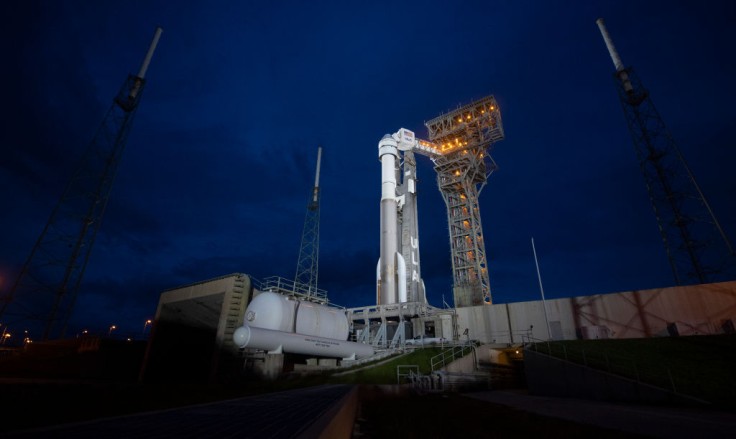
NASA and Boeing are targeting the first half of 2022 for the launch of an uncrewed test flight of the CST-100 Starliner spacecraft to the International Space Station (ISS).
The launch date had been uncertain since August after a technical glitch caused the failure of 13 oxidizer valves in the Starliner's propulsion system to open during countdown. It forced NASA and Boeing to abort the Orbital Flight Test-2 mission, the space agency said in its website.
These valves link to the spacecraft's thrusters, which handles abort and in-orbit maneuvering functions, Gizmodo revealed.
NASA previously scheduled the launch after the liftoff of the Lucy asteroid space probe, which is set to begin its space journey on October 16. However, Boeing noted doubts of carrying out the delayed mission this year.
NASA, Boeing, Partners Considering Launch Windows for Early 2022
Both NASA and Boeing have now agreed to postpone the launch to the first half of next year and look at possible flight opportunities with the United Launch Alliance (the manufacturer of the Altas V rocket that will power the Starliner) and Eastern Range (an entity overseeing East Coast space launches).
Read also: NASA Starliner Launch, Mission Details: Where to Watch Boeing Orbital Flight Test-2 Online
In its statement, NASA said potential launch windows for the mission are currently being evaluated by the space agency, Boeing, United Launch Alliance, and Eastern Range. The team, it said, is considering opportunities in the first half of 2022, "pending hardware readiness, the rocket manifest, and space station availability."
Significant Progress Achieved in Probing Oxidizer Issue
NASA added that in coordination with Boeing, it has made significant progress in probing the oxidizer valve problem. Boeing discovered that the cause was apparently related to oxidizer and moisture interactions.
Boeing showed success in valve functionality using techniques in localized heating and electrical charging, NASA noted. Troubleshooting at the launch pad and the Starliner production facility at the Kennedy Space Center has led to the movement of all but one of the original stuck valves. NASA added the problematic valves were intentionally untouched for forensics and root cause analysis.
In the coming weeks, Boeing will perform spacecraft and component testing to further study the cause of the valve failure and identify remediation measures. The aerospace manufacturer will also extract three valves from the Starliner for further analysis.
Boeing has also identified its options going forward, each reliant on the outcome of the tests, all to avoid a similar problem from happening again. These options include a slight renovation of the service module or utilizing another module currently in production, NASA said.
Starliner, which is part of NASA's program to regularly send astronauts to the ISS, completed only one uncrewed test flight two years ago. While it reached space, this mission failed to get to the ISS due to a software failure.
NASA currently has two other choices in transporting astronauts to the ISS. One is by Russian spacecraft, and the other through SpaceX's Crew Dragon.









